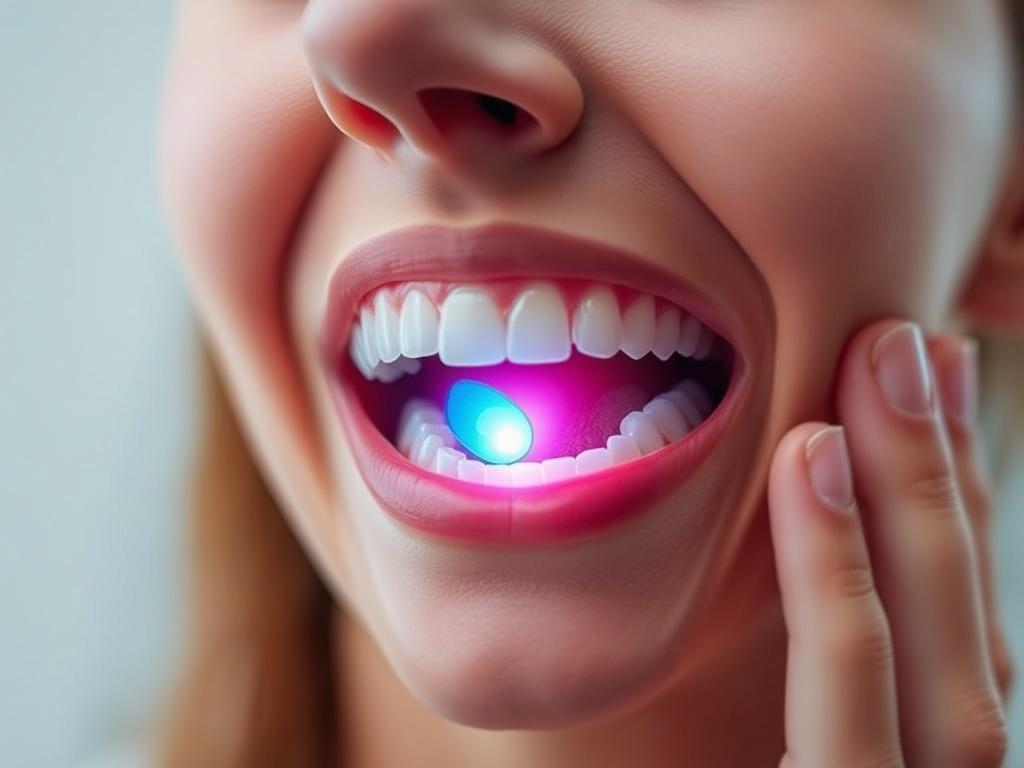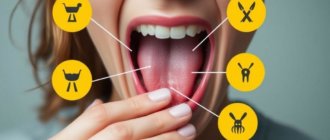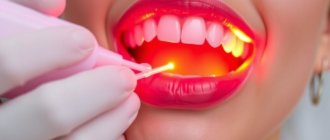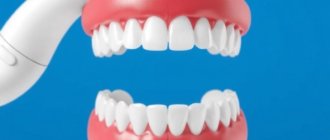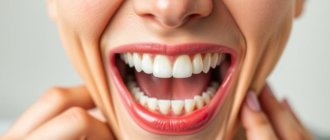Oral cancer is a serious health issue that often flies under the radar. Despite advances in medical technology and public awareness about various types of cancer, many people remain unaware of oral cancer’s threat and the crucial importance of oral cancer screening. This article will guide you through the essential reasons why oral cancer screening matters, what it involves, who should get screened, and how early detection can dramatically improve outcomes. We will also explore common risk factors, symptoms to watch out for, and how routine oral exams fit into your overall health care routine. By the end, you’ll have a clear understanding of why embracing regular oral cancer screening could be one of the best decisions you make for your health.
Содержание
- 1 Understanding Oral Cancer and Its Impact
- 2 The What and Why of Oral Cancer Screening
- 3 Who Should Undergo Oral Cancer Screening?
- 4 Recognizing Symptoms: When to Seek an Immediate Check-Up
- 5 How Oral Cancer Screening Fits in Your Overall Health Routine
- 6 Technological Advances Making Screening Easier and More Effective
- 7 Addressing Common Myths About Oral Cancer Screening
- 8 How to Prepare for Your Oral Cancer Screening
- 9 Supporting Oral Cancer Awareness and Prevention
- 10 Summary Table: Oral Cancer Screening at a Glance
- 11 Taking Control: Your Next Steps
Understanding Oral Cancer and Its Impact
Oral cancer, also known as mouth cancer, encompasses cancers that develop in any part of the mouth or throat. This includes the lips, tongue, cheeks, floor of the mouth, hard and soft palate, sinuses, and throat. According to health experts, oral cancer often develops silently, with early stages rarely producing noticeable symptoms. Because of this silent progression, many cases are diagnosed late when the cancer has advanced and treatment becomes more complicated.
One of the most alarming facts about oral cancer is its survival rate, which is deeply connected to how early the cancer is detected. Early detection through oral cancer screening dramatically increases the chances of successful treatment and survival. Unfortunately, many people either miss or delay regular screenings, partly because they don’t realize how important these screenings are or confuse oral cancer symptoms with less serious issues.
The What and Why of Oral Cancer Screening
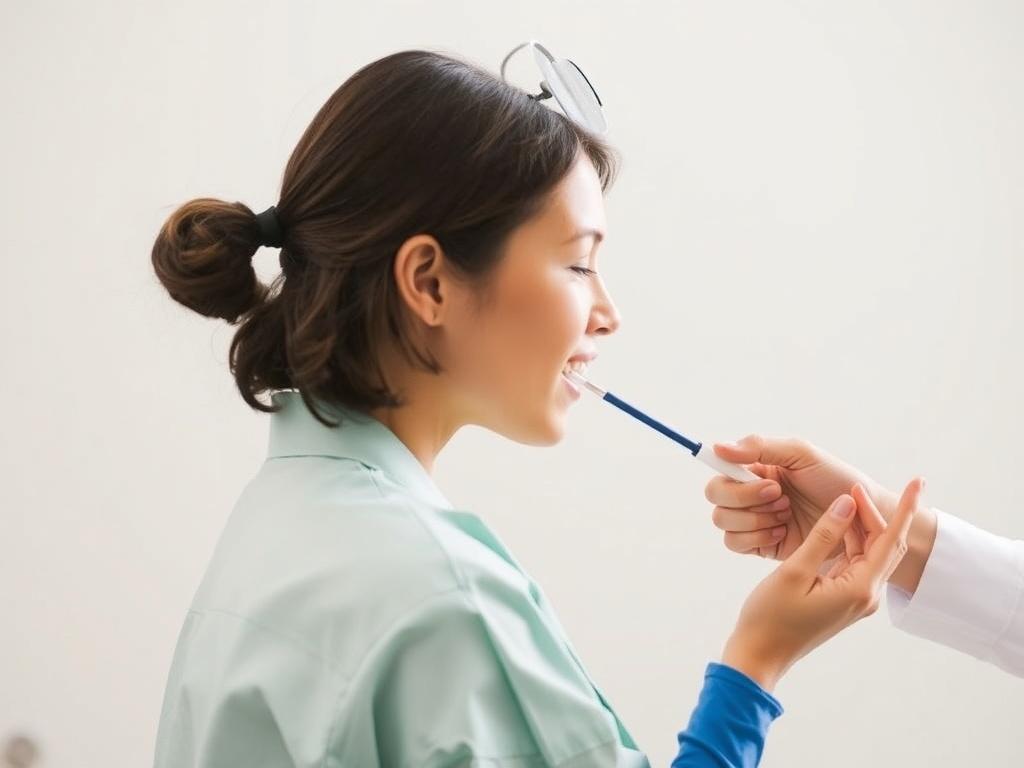
Oral cancer screening is a painless, quick procedure typically performed by dentists or healthcare providers during routine dental visits. The screening involves a careful examination of the mouth, throat, and surrounding tissues for any signs of abnormal cells or lesions that could indicate cancer or precancerous changes.
How Oral Cancer Screening Works
During the screening, your dentist or healthcare provider will:
- Inspect your lips, gums, tongue, floor, and roof of the mouth for suspicious spots.
- Check under your tongue and inside your cheeks for ulcers, lumps, or red/white patches.
- Feel for any unusual lumps or swelling in the neck area.
- Review your medical history and habits, such as tobacco or alcohol use, which increase risk.
In some cases, if any abnormalities are found, a biopsy or further tests may be recommended to confirm the diagnosis.
Why Oral Cancer Screening is So Important
The significance of oral cancer screening cannot be overstated. Here are several compelling reasons why people should prioritize it:
- Early Detection Saves Lives: The five-year survival rate for oral cancer can be as high as 80-90% when detected early, compared to less than 50% when diagnosed late.
- Prevents Serious Complications: Advanced oral cancer often requires extensive surgeries, chemotherapy, or radiation, causing physical and emotional challenges.
- Identifies Precancerous Changes: Screening can catch abnormalities that might become cancerous if untreated, allowing for early intervention.
- Supports Overall Oral Health: Even beyond cancer, screenings help catch infections or other oral health problems early.
Who Should Undergo Oral Cancer Screening?
While everyone can benefit from oral cancer screenings, certain groups are at higher risk and should be especially diligent about regular checks.
Key Risk Factors to Consider
Several lifestyle and medical factors increase the likelihood of developing oral cancer, including:
| Risk Factor | Description |
|---|---|
| Tobacco Use | Includes smoking cigarettes, cigars, pipes, and chewing tobacco. Tobacco is the single biggest risk factor for oral cancer. |
| Heavy Alcohol Consumption | Alcohol, especially when combined with tobacco, drastically increases oral cancer risk. |
| Age | People over 40 are more likely to develop oral cancer. |
| Human Papillomavirus (HPV) Infection | HPV, especially strains 16 and 18, are linked to oropharyngeal cancers in the mouth and throat. |
| Sun Exposure | Excessive sun exposure can increase the risk of lip cancer. |
| Diet and Nutrition | Poor diet low in fruits and vegetables may elevate risk. |
Recommended Screening Frequency
Generally, it is advisable that adults receive an oral cancer screening during regular dental visits at least once a year. However, for higher-risk individuals, more frequent screenings might be necessary.
Recognizing Symptoms: When to Seek an Immediate Check-Up
Although oral cancer often begins without symptoms, certain red flags should prompt urgent professional evaluation. These warning signs include:
- Persistent sores or ulcers in the mouth that don’t heal within two weeks
- Unexplained lumps or thickening in the cheek or neck
- White or red patches inside the mouth
- Difficulty or pain when swallowing, chewing, or moving the jaw or tongue
- Numbness or loss of feeling in any part of the mouth
- Unexplained bleeding or persistent bad breath
If you notice any of these symptoms, do not delay scheduling an oral cancer screening.
How Oral Cancer Screening Fits in Your Overall Health Routine
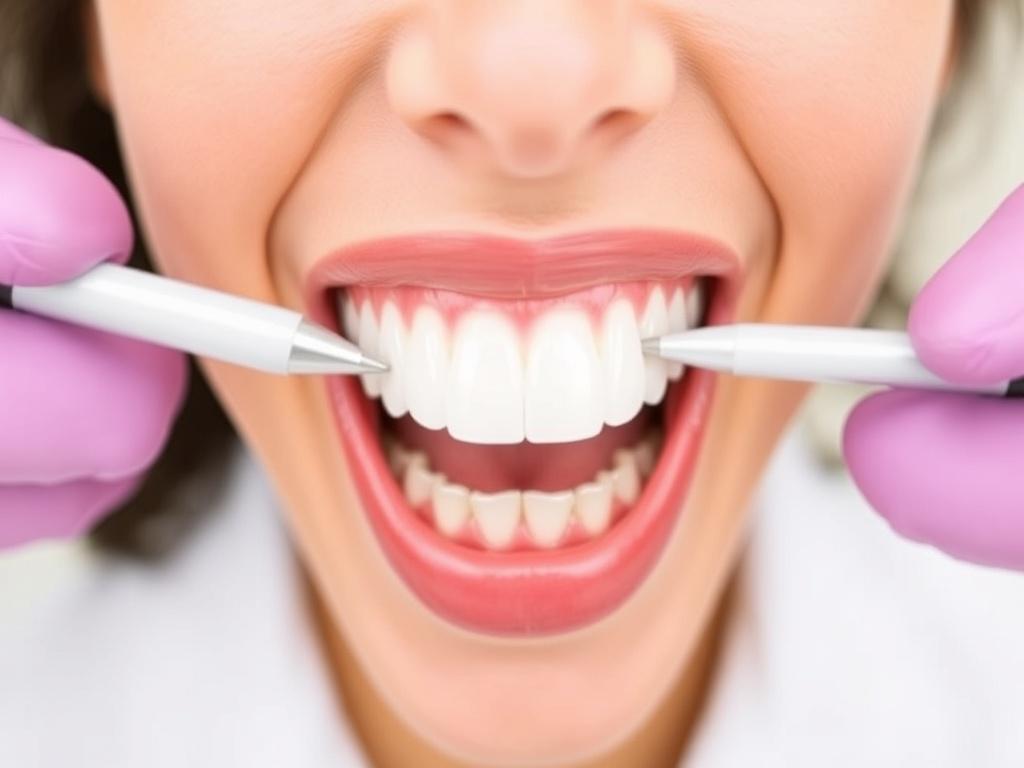
Incorporating oral cancer screening into your health routine is a simple yet crucial step. Most people already see a dentist regularly for cleaning and check-ups, making it an ideal opportunity to add this lifesaving screening. Dentists are trained to spot early signs that you might not notice yourself, and they can guide you toward timely treatment if necessary.
Moreover, maintaining good oral hygiene, avoiding tobacco products, moderating alcohol use, and having a well-balanced diet all compliment the benefits of oral cancer screening. Together, these practices reduce risk and support not only oral health but overall well-being.
Technological Advances Making Screening Easier and More Effective
Recent advances have enhanced the accuracy and ease of oral cancer screening. For example:
- Auto-fluorescence Devices: These tools emit a special light to highlight abnormal tissue that might be missed by the naked eye.
- Brush Biopsy: A non-invasive method to collect cells for analysis, often used when a suspicious lesion is found but a traditional biopsy is too invasive initially.
- Saliva-based Testing: Emerging research is exploring saliva tests that may detect oral cancer biomarkers early.
These innovations promise to make screenings faster, less invasive, and more accessible.
Addressing Common Myths About Oral Cancer Screening
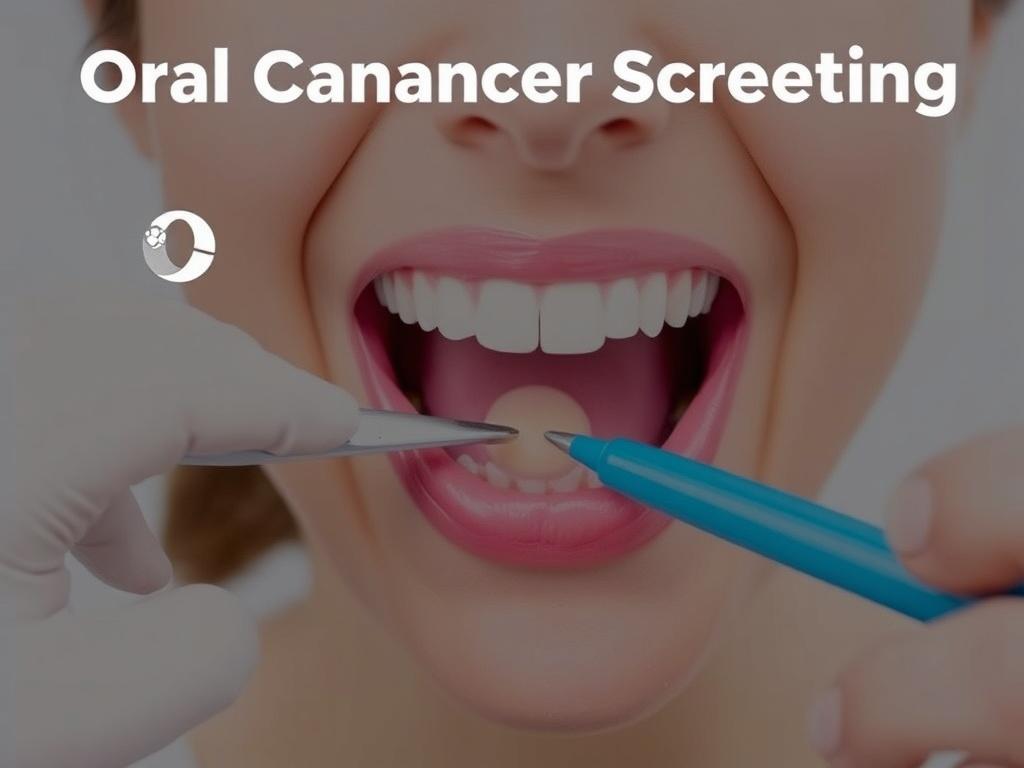
Despite its importance, several myths cause people to skip oral cancer screening:
- Myth: Oral cancer only affects smokers. While tobacco use is a major risk factor, non-smokers can also develop oral cancer, especially due to HPV and other causes.
- Myth: Oral cancer screening is painful or invasive. In reality, the screening is quick and painless, often done during your regular dental visit.
- Myth: If I feel fine, I don’t need screening. Early oral cancer typically has no symptoms; waiting until discomfort arises often means the disease has advanced.
- Myth: Only dentists can perform oral cancer screenings. While dentists are primary providers, doctors and specialists can also conduct them.
Understanding and dispelling these myths can help more people embrace the vital habit of getting screened regularly.
How to Prepare for Your Oral Cancer Screening
You don’t need much preparation to undergo an oral cancer screening, but a few tips can help you get the most out of your appointment:
- Inform your healthcare provider about any tobacco or alcohol use.
- Be ready to discuss any symptoms or changes in your mouth you’ve noticed.
- Bring a list of medications and medical history that might affect oral health.
- Avoid eating or drinking immediately before the screening if you are having further tests planned.
Remember, honesty and openness with your provider will aid early detection and appropriate care.
What Happens After Screening?
If no abnormalities are detected, your provider may advise regular annual screenings to monitor your oral health. In case suspicious areas are found, additional diagnostic tests such as biopsies or imaging studies will be recommended to confirm the presence of cancer or precancerous conditions. Early intervention might include lifestyle changes, medical treatments, or minor surgical procedures, depending on the severity and stage.
Supporting Oral Cancer Awareness and Prevention
Community awareness programs play an essential role in educating the public about the importance of oral cancer screening. Increased awareness, combined with accessible screening services, can reduce the prevalence and severity of oral cancer across populations.
If you are a healthcare professional, consider advocating for routine screening in your practice. For individuals, sharing this knowledge with family and friends can encourage more people to take proactive steps in oral health care.
Summary Table: Oral Cancer Screening at a Glance
| Aspect | Details |
|---|---|
| What is Oral Cancer Screening? | A painless exam to detect early signs of oral cancer or precancerous changes. |
| Who Should Get Screened? | Everyone, especially individuals over 40 and those with risk factors such as tobacco or alcohol use. |
| Common Risk Factors | Tobacco, alcohol, HPV infection, sun exposure, poor diet. |
| Screening Frequency | At least once a year for most adults; more often for higher-risk groups. |
| Symptoms to Watch For | Non-healing sores, lumps, red/white patches, pain or numbness. |
| Benefits of Early Detection | Higher survival rate, less invasive treatment, better quality of life. |
Taking Control: Your Next Steps
If you’ve never had an oral cancer screening, now is the time to talk to your dentist or healthcare provider about scheduling one. Don’t wait for symptoms to appear, as early stages often go unnoticed. Staying informed, aware of risk factors, and proactive about screenings empowers you to protect your health effectively.
Support your oral health by quitting tobacco, limiting alcohol, eating a healthy diet rich in fruits and vegetables, and practicing good oral hygiene. Together with regular screenings, these steps form your best defense against oral cancer.
Conclusion
Oral cancer screening is a simple, accessible, and lifesaving procedure that everyone should prioritize as part of their regular health routine. Given the silent nature of oral cancer in its early stages and the dramatically improved survival rates when detected early, screening plays an indispensable role in healthcare. By understanding risk factors, recognizing warning signs, dispelling myths, and embracing technological advances, individuals can take charge of their oral health with confidence. Regular oral cancer screenings not only save lives but also help maintain overall well-being and quality of life. So, whether you’re visiting your dentist for a routine checkup or noticing a suspicious sign, never underestimate the power of oral cancer screening—a powerful tool in the fight against this potentially deadly disease.

